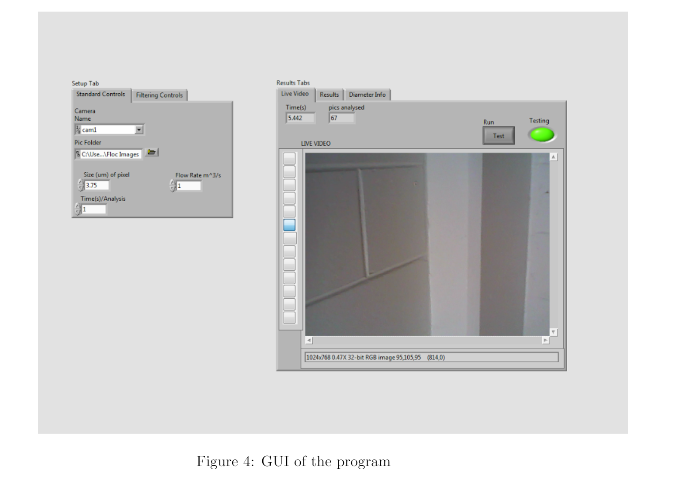Ziwei (Vanessa) Qi, Aimee Owens, Ruizhe He
Abstract:
The Fall 2016 High Rate Sedimentation team investigated the effect of high upflow rates on maintaining a dense floc blanket and functional plate settlers. The team built a small-scale flocculator and tube model of the sedimentation tank in order to simplify the many experiment variation configurations.To analyze variables that effect effluent turbidity at an up- flow velocity of 3 mm/s, which is roughly triple the standard AguaClara rate. Experiment 1 varied length of the tube settlers, Experiment 2 varied length of the floc blanket, and Experiment 3 attempted to increase the density of the floc blanket by adding mass. Experiments have verified that longer tube settlers and longer floc blankets improve sedimentation tank performance.














